What You Need To Keep In Mind When Choosing Your Ceiling Lights
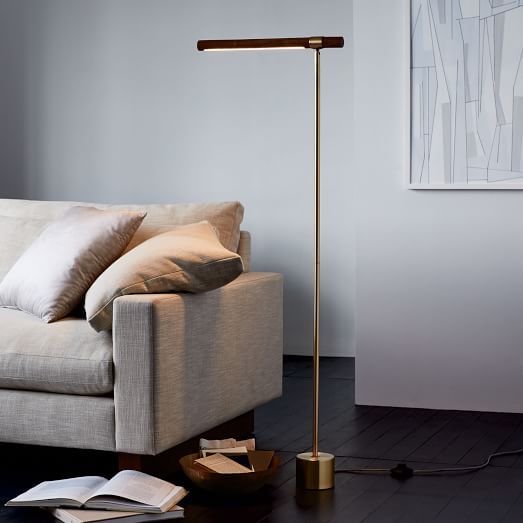
The right lighting can do wonders to your apartment or condo. It can give a sense of warmth, an illusion of space, and a speck of glamor. However, the wrong light can also break your interior design. You should consider the size of the room, the height of the ceiling, and the design of your house. As more households are shifting towards energy efficiency, you also need to consider the types of bulbs to use.
Here are 6 things to remember before buying lights for any type of home.
#1: Start with basic measurements
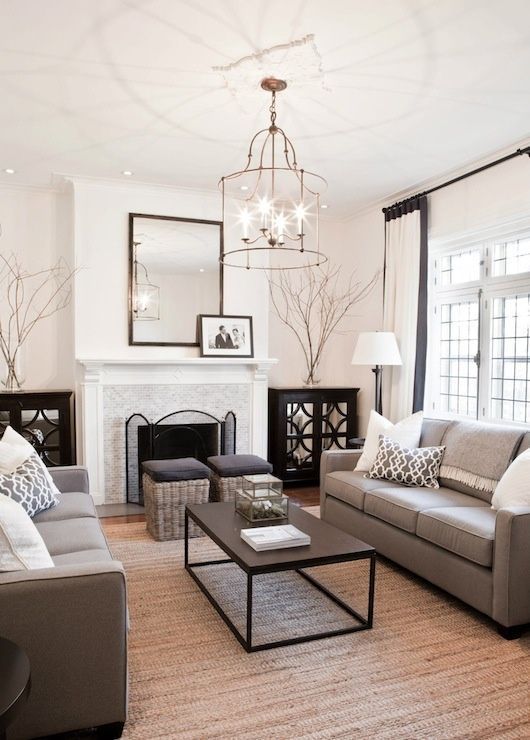
Before hitting the furniture shop, you’d need to do some measuring. Know the dimensions of the room, the recommended diameter of a lighting fixture, and the height of the ceiling. Online furniture store Lumens shares helpful guidelines in knowing the suitable size of a chandelier or pendant based on the room size: first, measure the length and width of the space in feet. Add these two measurements, then convert the value from feet to inches. The result is the ideal diameter for a light fixture. In deciding the size of a dining room chandelier, take note of the diameter of the dining table. Measure the maximum limit of a hanging fixture by getting the width of the table then subtracting 12 feet.
How high or low should you hang the fixture? Get the floor-to-ceiling measurement in feet, then multiply the number by 2.5 to 3 per foot. Convert this result to inches to come up with the ideal height for your lighting. Remember to maintain a 7-feet clearance from the bottom of the lighting to the floor when hanging fixtures in areas where people might be walking underneath.
#2: Know the right fixture for each room
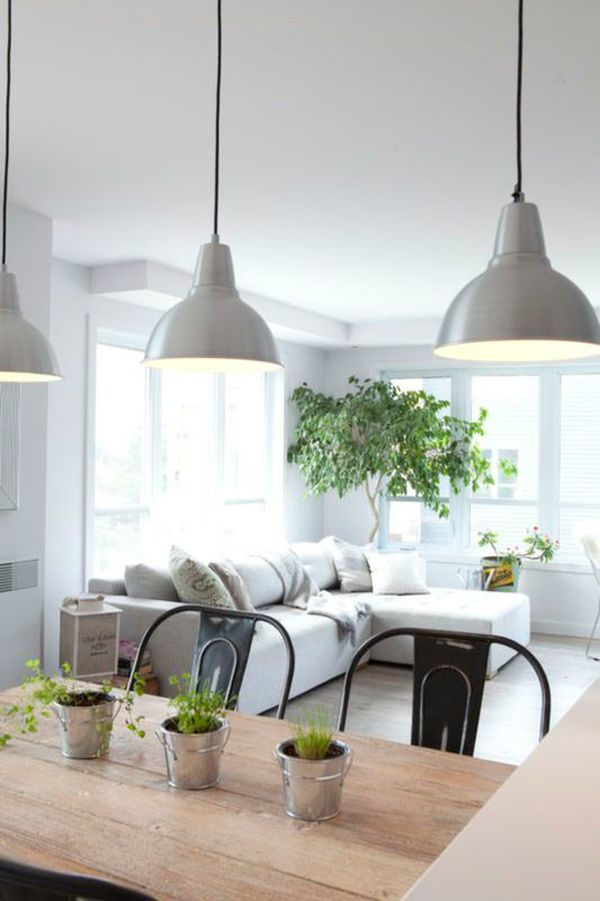
Chandeliers are favorites in living rooms and dining areas. Choose a piece that matches your interior design. A brass geometric chandelier suits an industrial modern design. If you have a traditional Filipino house, you can hang a fixture made of gorgeous capiz. Social media offers a lot of ideas for DIY chandeliers such as one made of laces and brooches that suit a shabby chic design, and another made of recycled mason jars.
Pendants are quite popular over tabletops. They’re not as overwhelming as a grand chandelier and they add charm to the dining area. You can line up small pendants across the table instead of hanging one massive piece. For your bedroom, check out low-profile flushmounts and sconces.
Bar lights are perfect for your bathroom mirrors. You can mount a small chandelier over the bathtub. Make sure that you keep an 8-feet clearance between the top of the tub and the bottom of the lighting.
#3: Create cozy ambiance with lighting

You may have noticed how a number of restaurants are renovating for a cozier atmosphere similar with that in coffee shops. From bright white fluorescents, some popular fastfood chains are now displaying accent and mood light fixtures to create an ambient atmosphere.Lighting is an important interior design element. UK-based designer Sara Anton shares different types of artificial lighting that you can try in your apartment. Accent lighting is used to highlight paintings, artworks, and plants. Task lighting is primarily functional. It’s recommended for kitchens, study areas, and above the bathroom sink. Mood lighting creates a relaxed space with a combination of tones and colors. “In many
Lighting is an important interior design element. UK-based designer Sara Anton shares different types of artificial lighting that you can try in your apartment. Accent lighting is used to highlight paintings, artworks, and plants. Task lighting is primarily functional. It’s recommended for kitchens, study areas, and above the bathroom sink. Mood lighting creates a relaxed space with a combination of tones and colors. “In many cases it uses soft, warm lights to induce a feeling of calm and relaxation, but at the opposite end of the spectrum it can also be used to provide a lively and invigorating effect,” according to Anton.
#4: Choose energy efficient lighting
In choosing the right lighting fixture, keep in mind your energy consumption. A crystal chandelier in the living area may be pleasing to the eyes, but is it worth the possible spikes in your electric bill? The first thing to consider in buying light bulbs is the wattage which typically ranges from 40 to 120 watts. Anything beyond the 120-watt limit (or the limit set for any other type of lighting) does not only consume more power, it’s also a fire risk. The lumens is the amount of light a bulb illuminates. The lumen rating you’d need depends on the purpose of the lighting. If you’re illuminating a large living room, you may choose 1,000 lumens or above. Conversely, a task light on your work table would require lower lumens.
Why choose LED bulbs? According to the US Department of Energy, LED is a highly energy-efficient lighting technology that uses at least 75 percent less energy and lasts 25 times longer than incandescent lighting. LED bulbs emit light in a specific direction and produce very little heat. When shopping for lights, go for energy-efficient fixtures.
#5: Finding the proper bulb for your lighting fixture
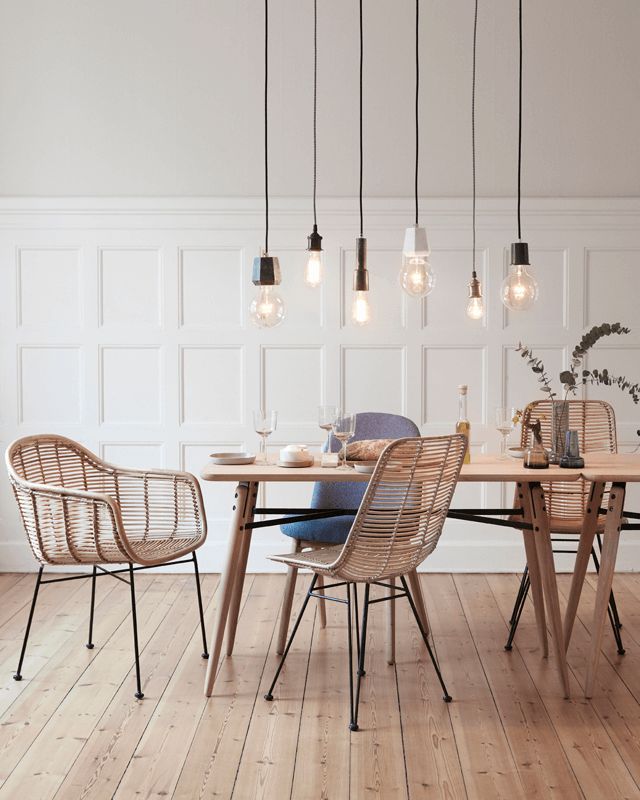
A spiral or closed A-shaped bulb suits free-standing lamps and lighting on your work desk. Choose a warm hue that doesn’t hurt the eyes. A globe-shaped bulb is perfect for a pendant fixture hanging above the dining table. For your ceiling lighting, you can choose any type of bulb depending on the atmosphere you want. Lighting a large space may require bulbs with high lumens. A flame-shaped bulb is usually used in wall sconces.
#6: Outdoor lighting for your balcony
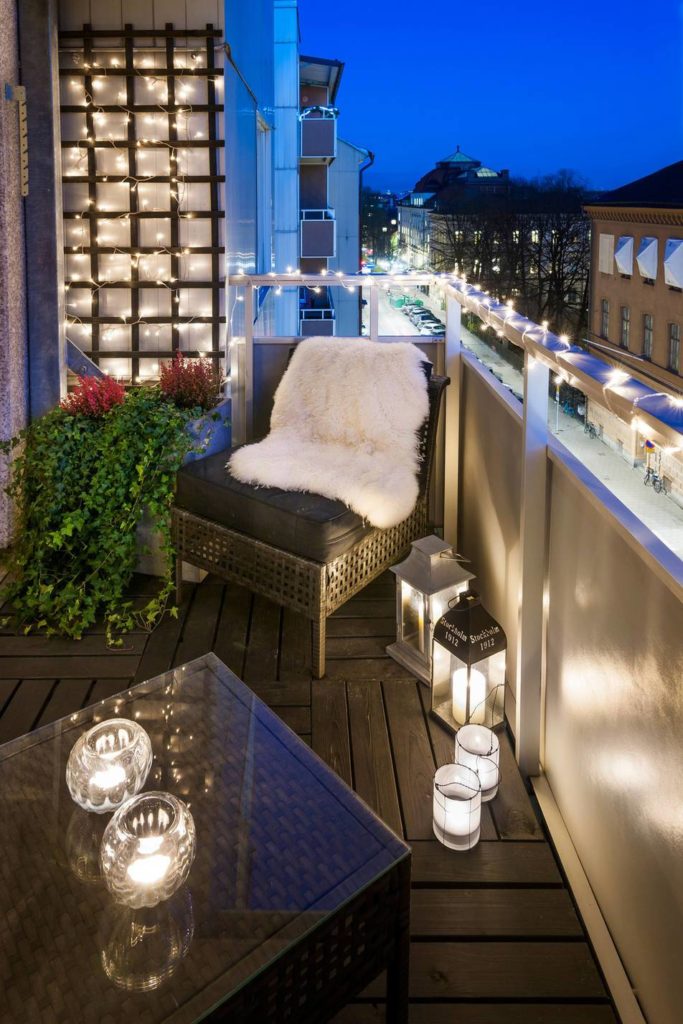
If you’re able to mount lighting outdoors, you’d need a special bulb that can weather prolonged exposure to sun and rain. You can turn your balcony into a mini garden with charming outdoor lighting. Choose a spiral-shaped bulb that emits bright white light. You can also go for yellow halogen bulbs. Wall-mounted sconces will liven up your balcony in the evening.
Lighting can give life to a rather dull apartment or condo home. First, choose a fixture that serves its functional purpose. Does it make your tasks easier? Then, get lights that can create the atmosphere you want for every room in your house. “Lighting is also essential in terms of creating the mood and ambience of a living space, so getting it right from the start is vital,” said designer Sara Anton.
